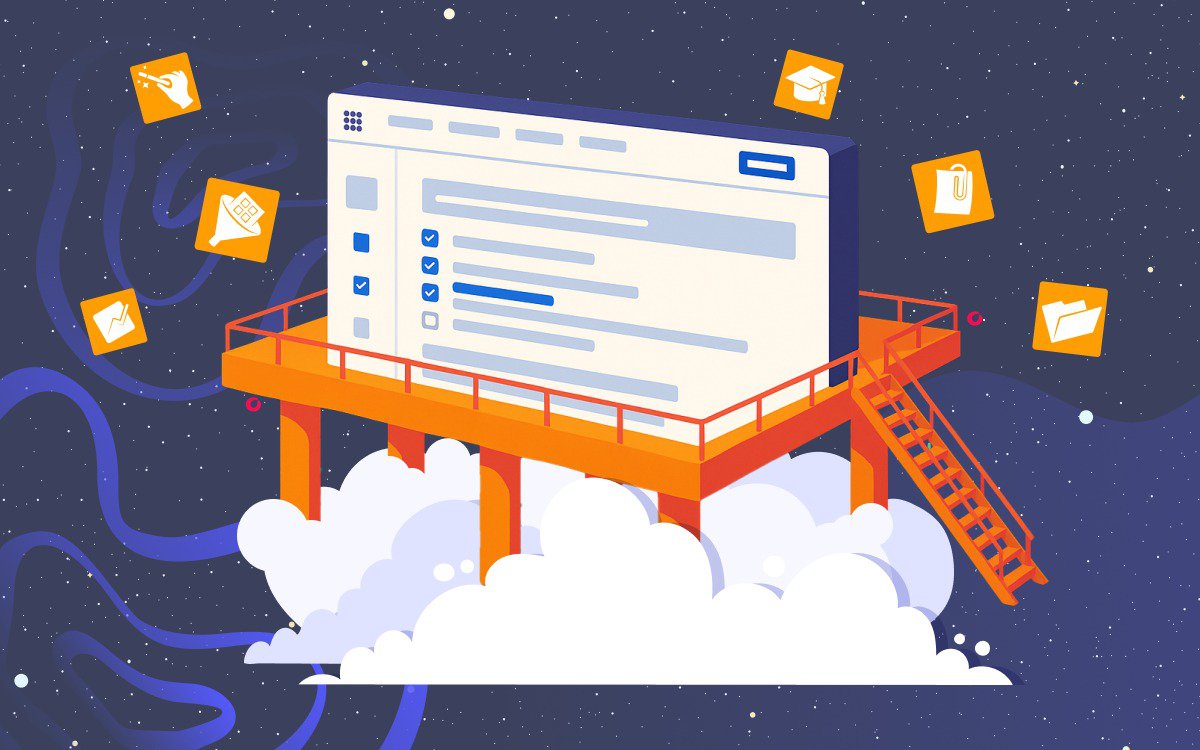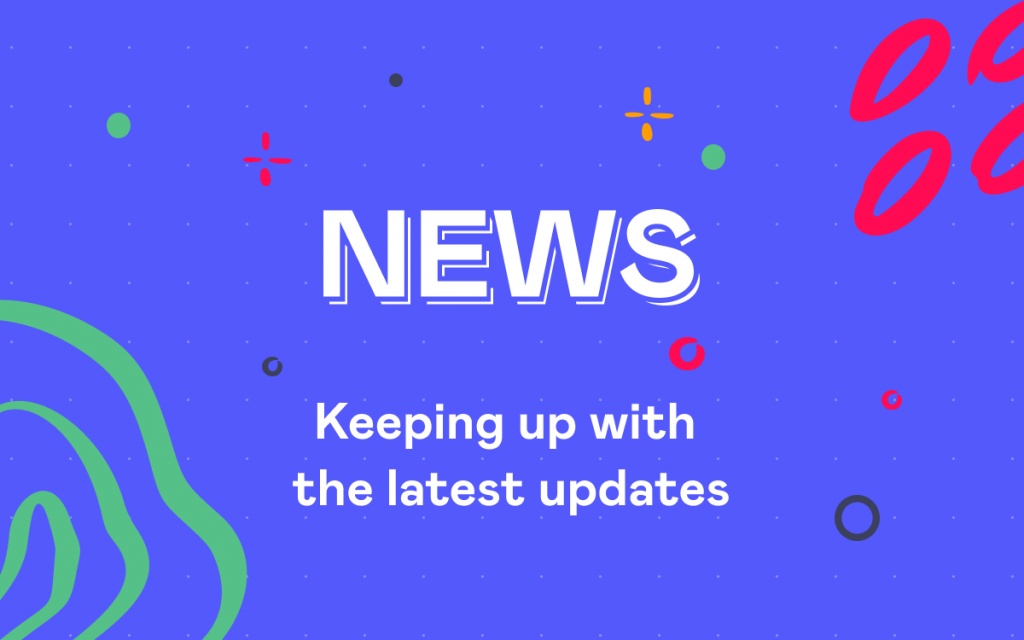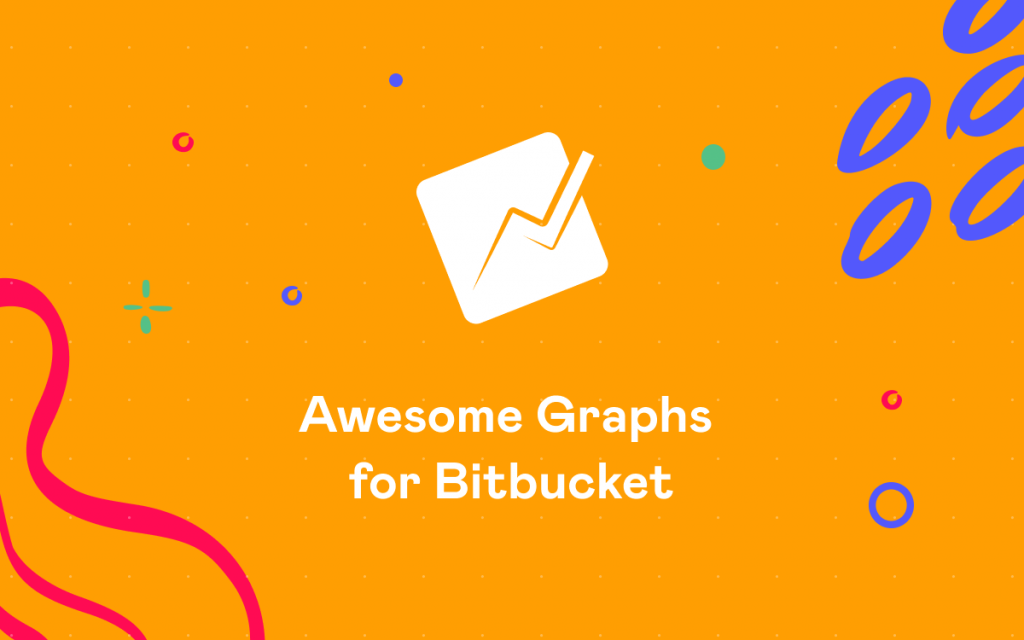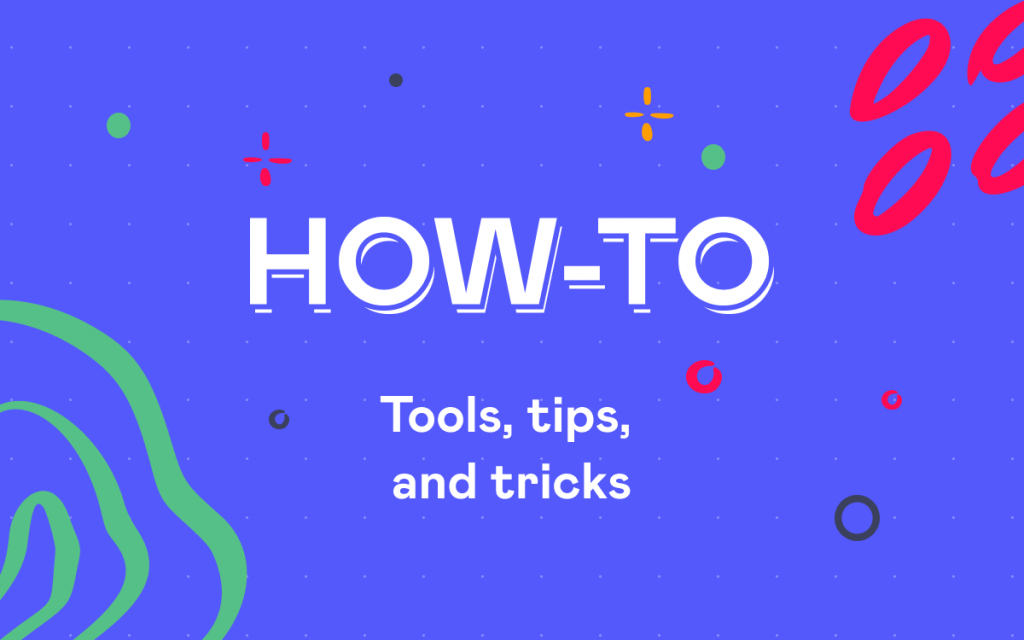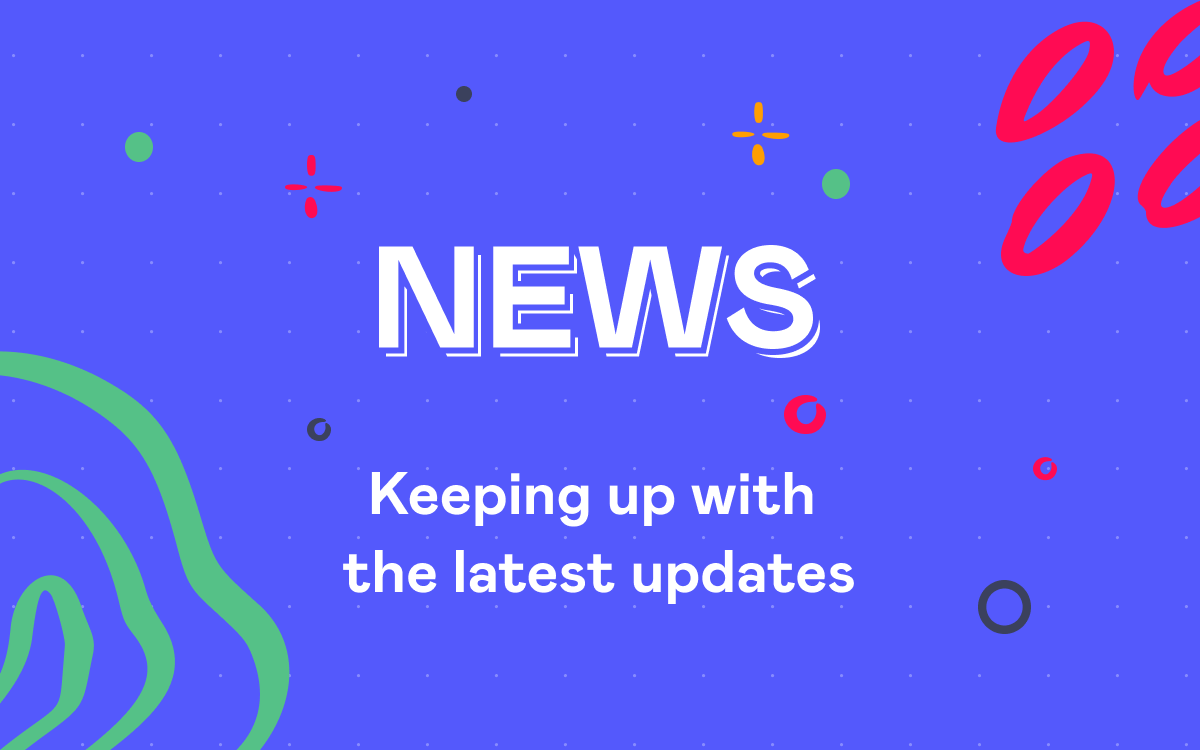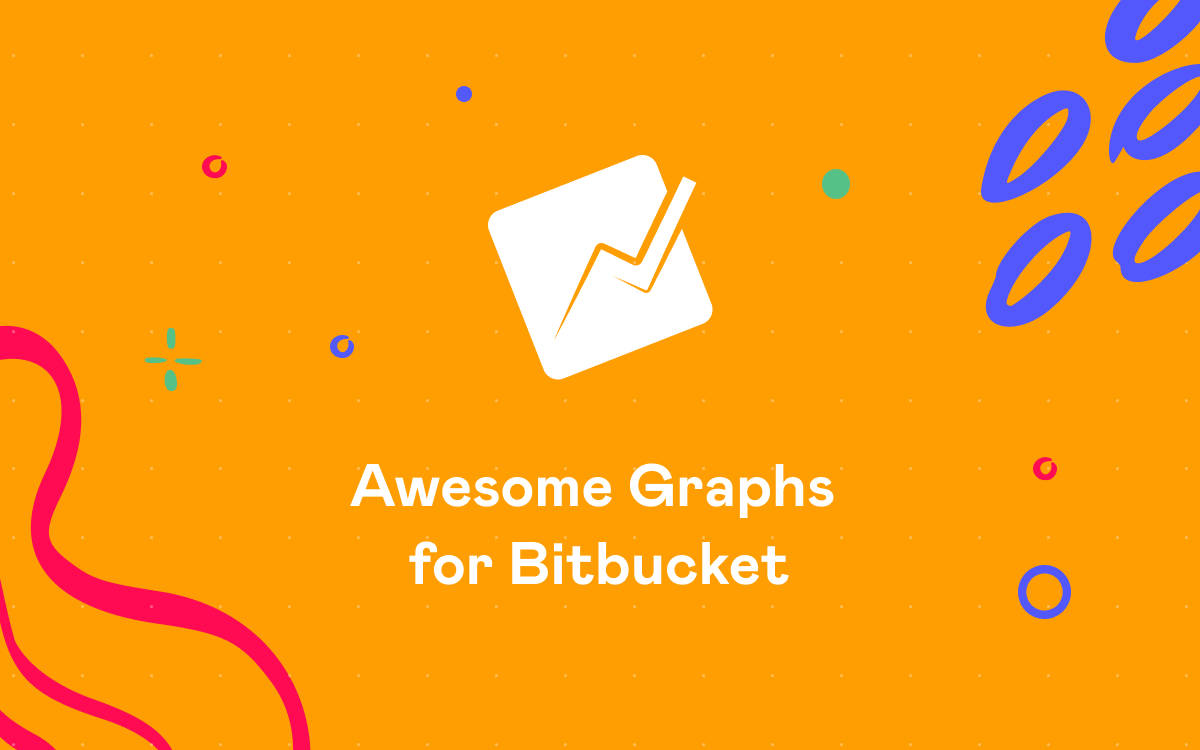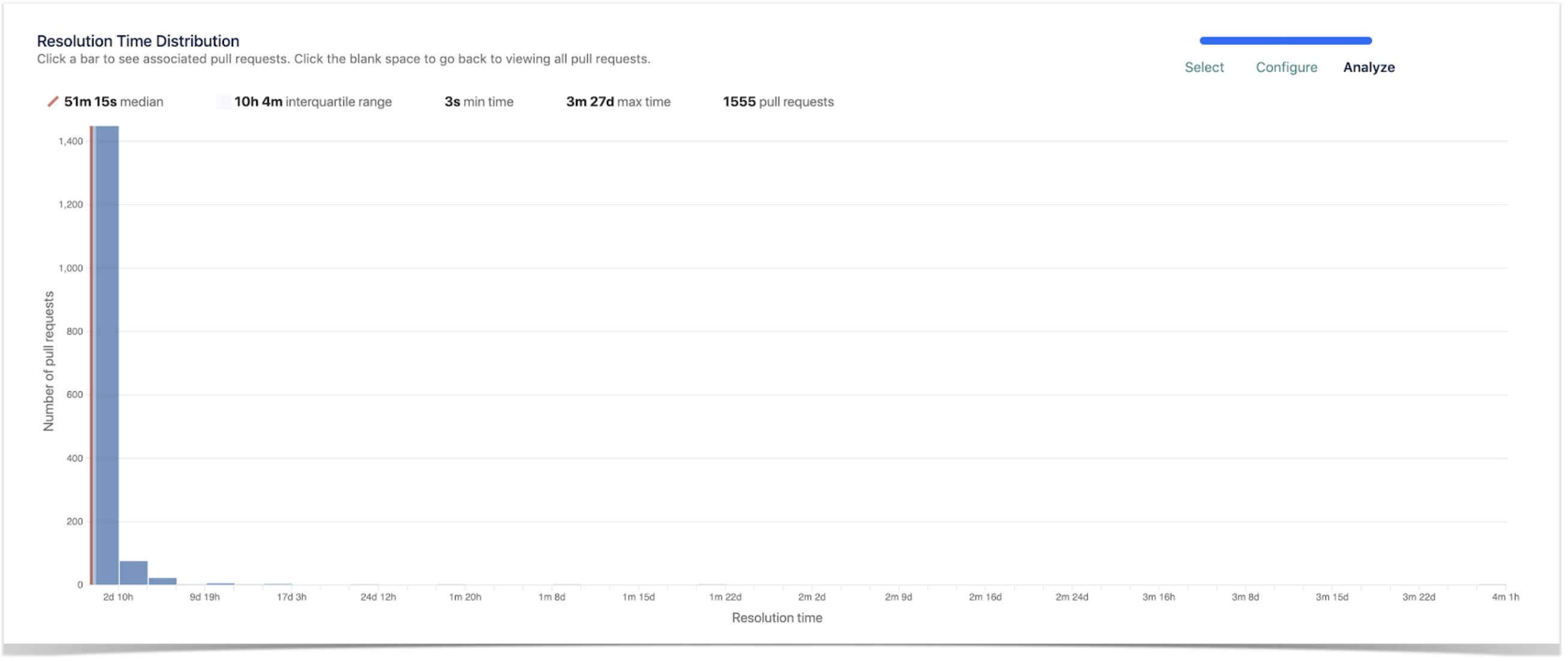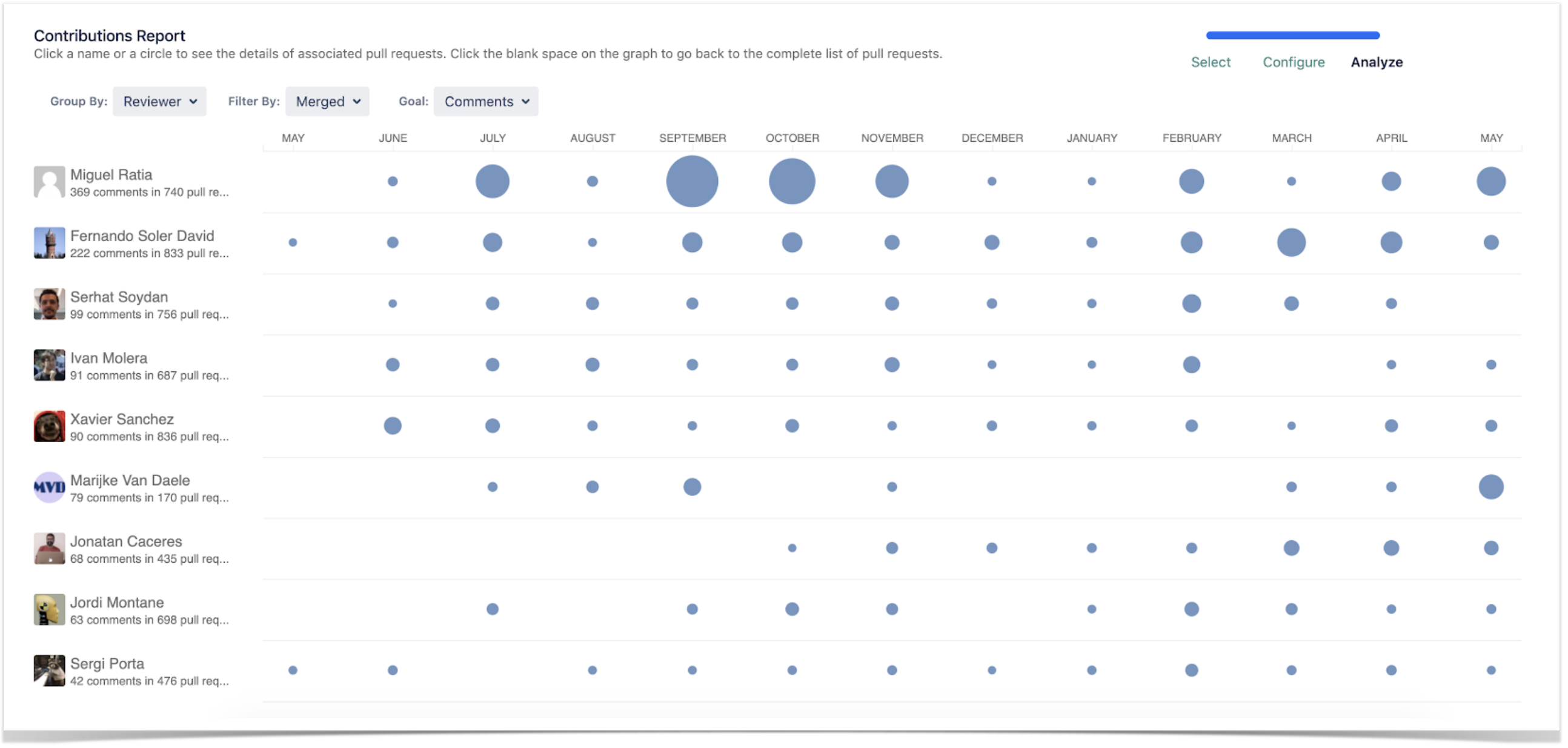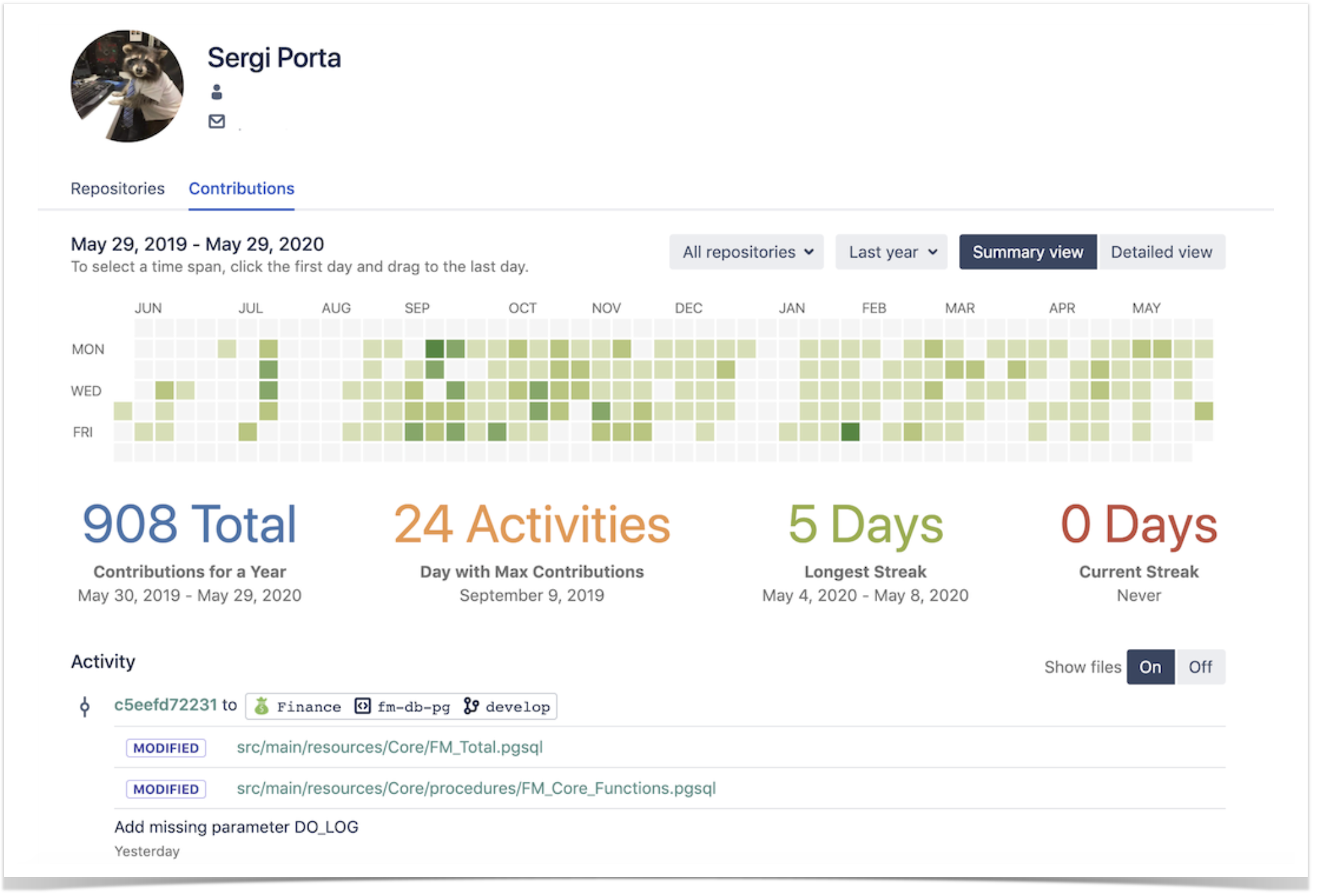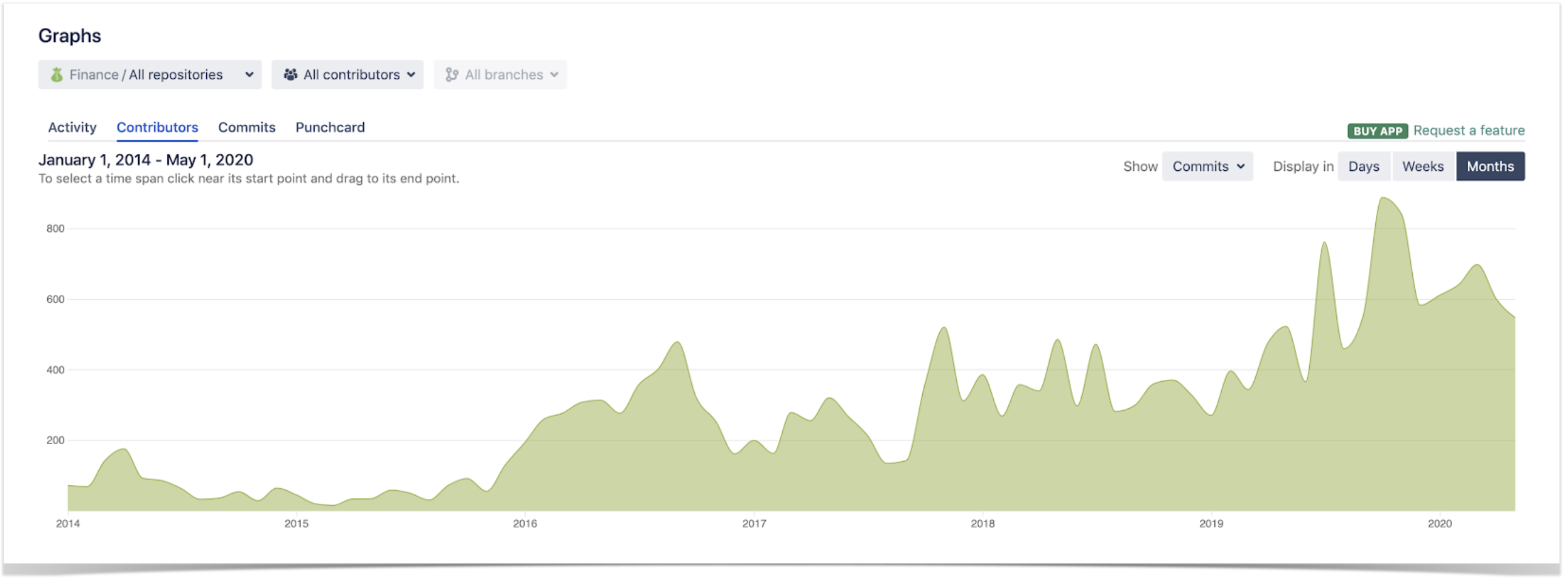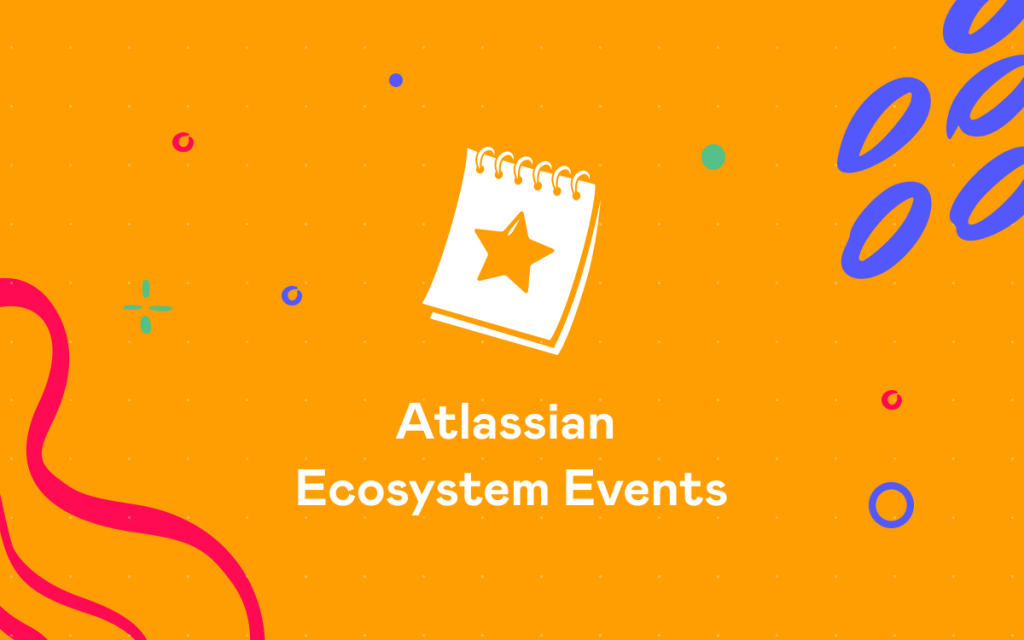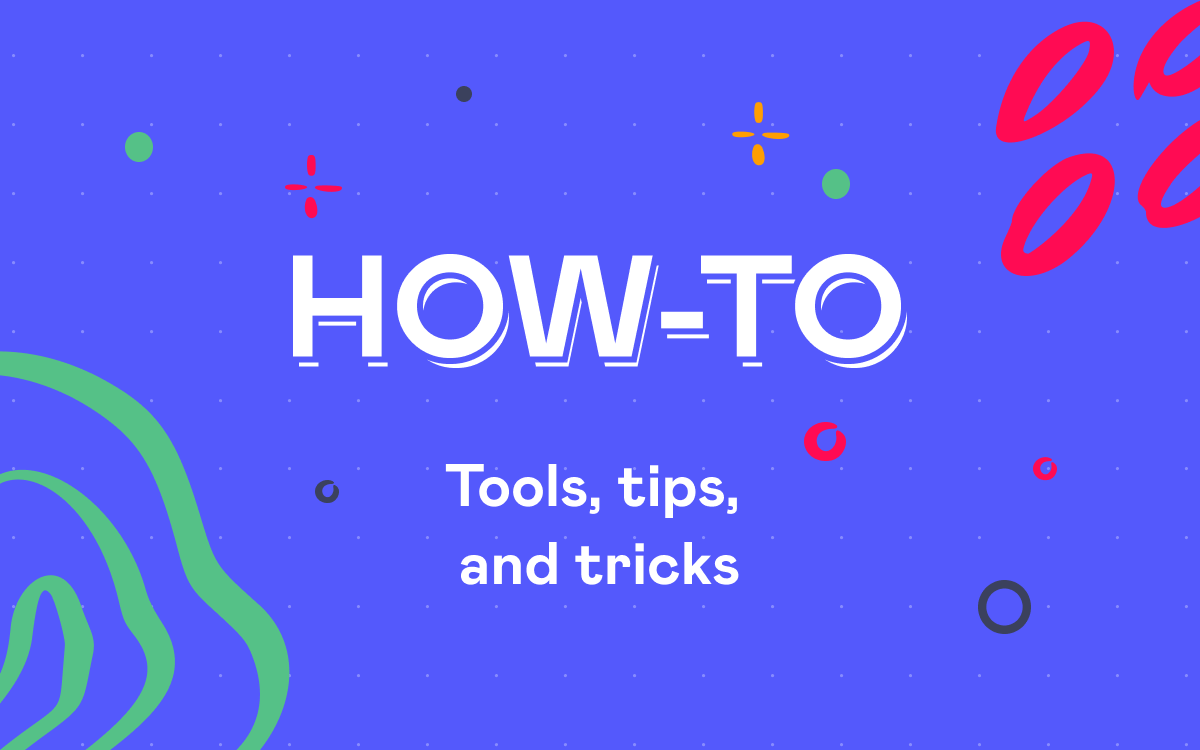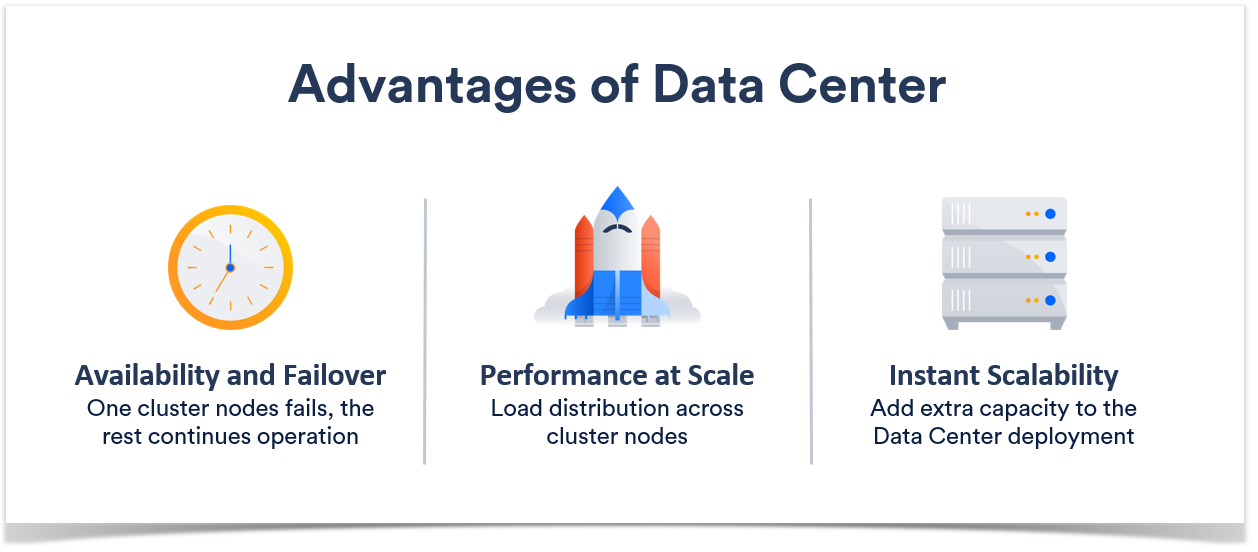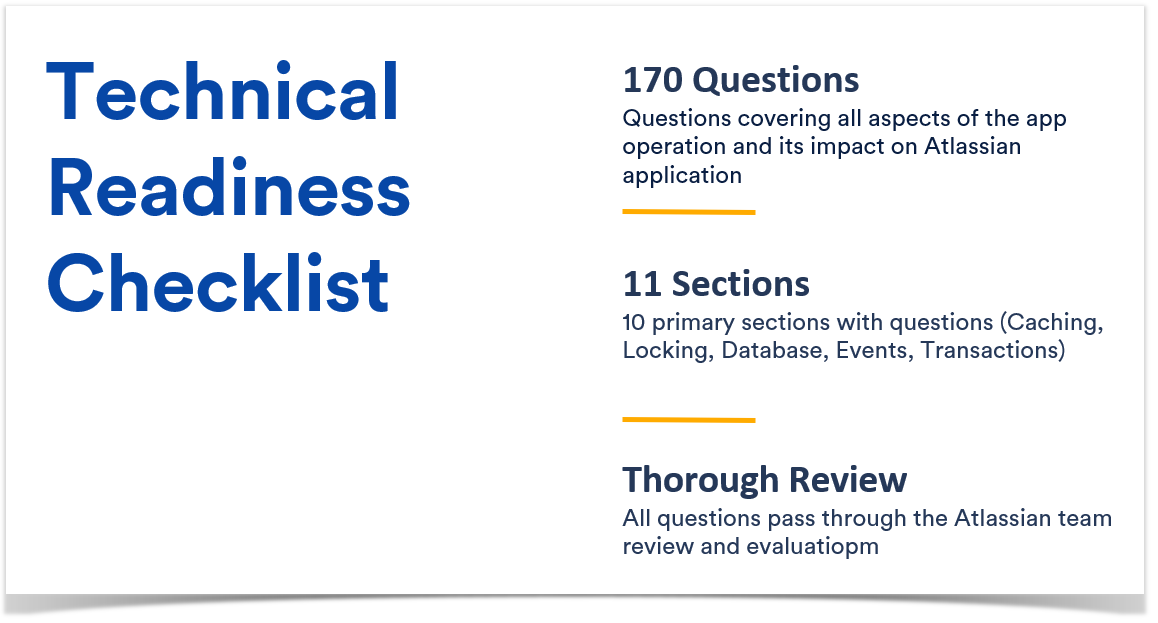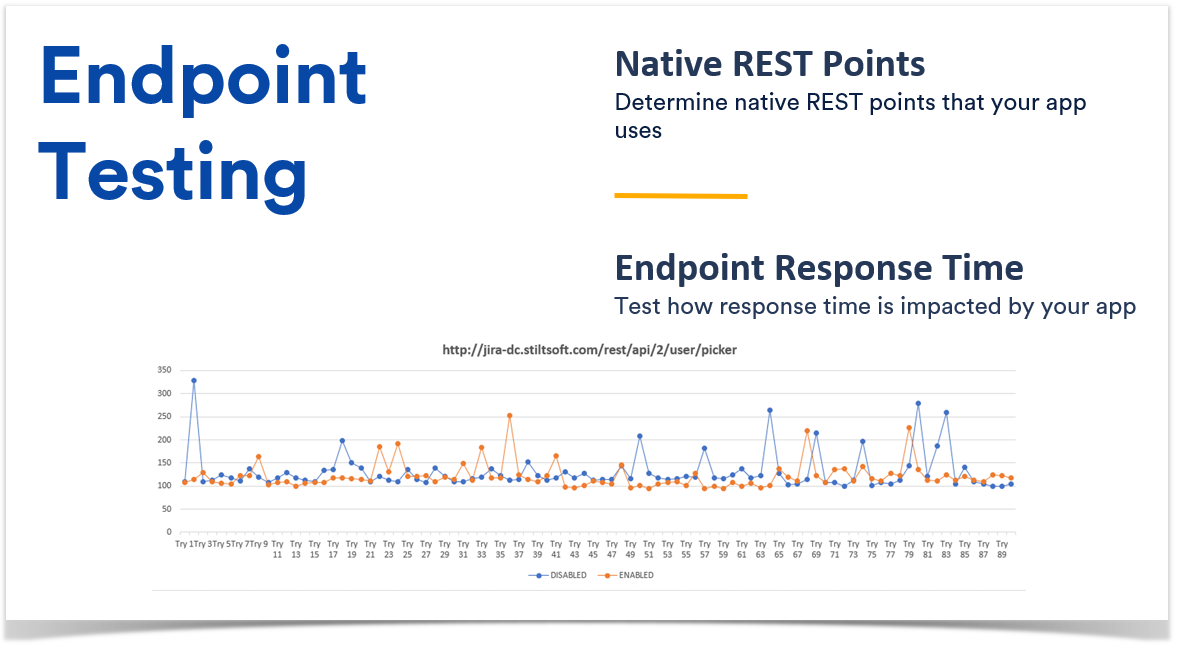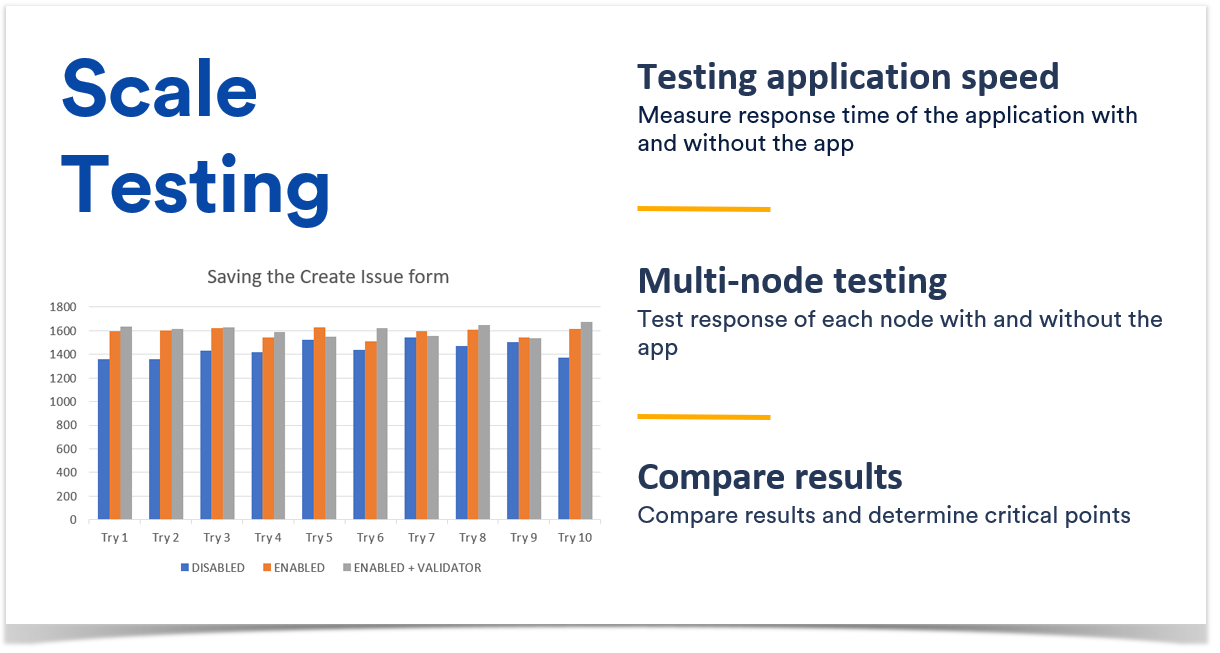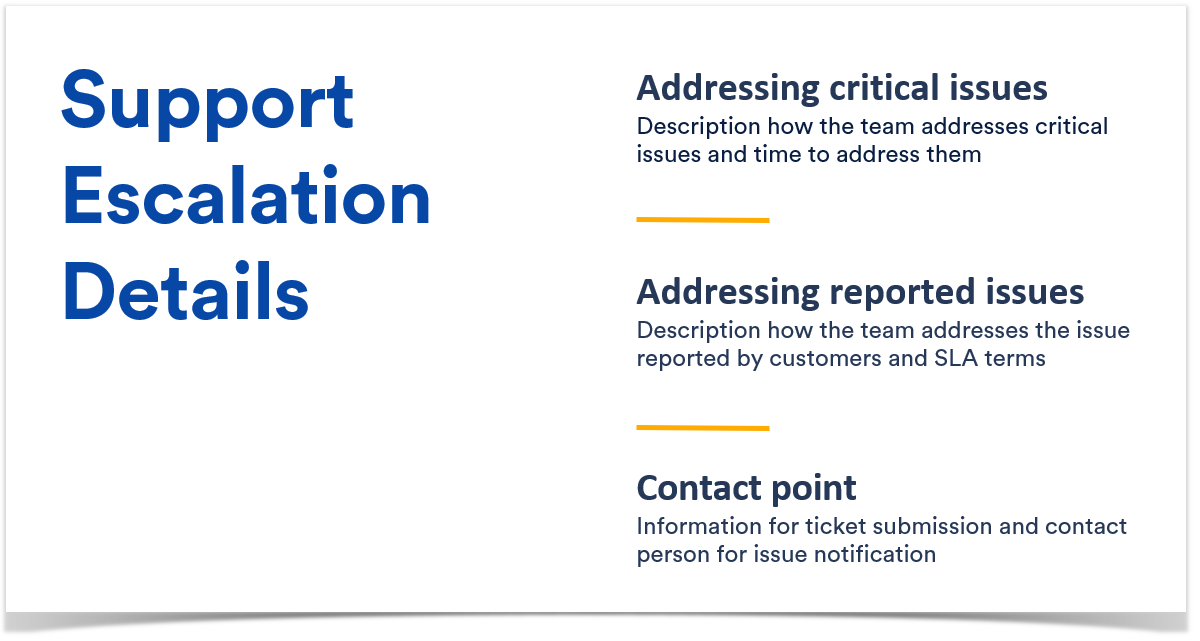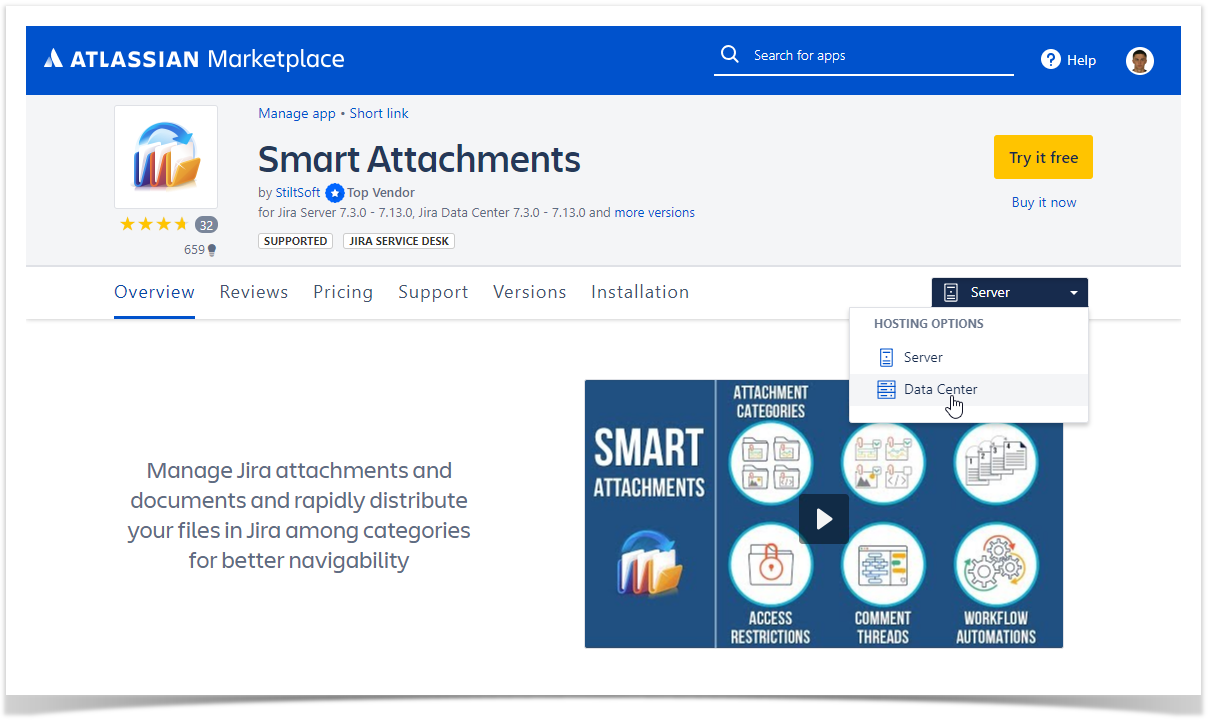Atlassian Data Center end of life: Stiltsoft supports Cloud since day one
As you might already know, Atlassian is ascending to the Cloud and leaving Data Center behind in 3 years.
This is massive news for the entire Ecosystem, as well as us at Stiltsoft.
What’s going on with Atlassian Data Center end of life?
Since our history began in 2010, we’ve developed 18 on-premise Marketplace apps for Jira, Confluence, and Bitbucket. Some of them are already history, while the active ones still account for about 1/3 of our customer base. Many of our customers chose Data Center hosting because they valued performance at scale, advanced security features, and granular control over their instances.
After the Server sunset in 2024, most Ecosystem players anticipated this move by Atlassian as a logical next step, even though it was still hard to believe. We’ve seen Atlassian gearing up towards a Cloud-only future by increasing the maximum user limits for Cloud sites and expanding data residency to drive Cloud adoption. They’ve introduced FedRAMP-compliant Government Cloud and Atlassian Isolated Cloud offerings to meet the enterprise needs. They’re even building a multi-cloud architecture through a partnership with Google Cloud.
We could only guess when exactly this announcement would come. Anyway, the reality looks like this:
- From March 30, 2028, existing customers will no longer be able to renew their licenses.
- On March 28, 2029, all Data Center licenses will expire and become read-only.
Good news: Bitbucket DC isn’t going anywhere! You’ll get special dual licenses for both hosting platforms, so you don’t have to move critical code if you don’t want to.
How does Stiltsoft support these changes?
Stiltsoft is an Atlassian Platinum Marketplace Partner and a top-selling app vendor in the Ecosystem. We help over 15,000 companies maximize value from their ever-increasing Atlassian investment with our Marketplace apps designed to elevate their System of Work.
Within 15 years of our existence, we’ve gone all the way from just two founders to an international company with 50+ employees all over Europe. Obviously, we’re following Atlassian on its Cloud journey since day one to maintain our leading position in the Atlassian Marketplace.
Cloud apps: moving to Forge
We’ve already made critical steps to ensure the security of our customers' Cloud environments. We went through SOC2 Type II certification, enrolled in Bug Bounty and Cloud Fortified programs. Now, one of our primary strategic goals is to migrate our top Cloud apps to Forge and run them entirely on Atlassian infrastructure.
- Table Filter, Charts & Spreadsheets for Confluence and Handy Macros for Confluence are already on their way to the Runs on Atlassian badge.
- We’re also assessing the opportunities to migrate Awesome Graphs for Bitbucket and Smart Attachments for Jira, starting in 2026.
We’re working on this together with Atlassian and some of our largest customers, ensuring we meet the technical requirements and address all the functional blockers along the way.
Also, we've set up a dedicated Forge R&D team to further explore the potential of the new platform and get our feedback through to its developers. They've already released their first apps that run on Atlassian: LaTeX Math for Confluence and Checklist for Jira Cloud.

Data Center apps: migrate or… migrate
Just like Atlassian, we’ll maintain and support all our Data Center apps until the last day, or even longer for customers with unique circumstances. Most of them have a corresponding Cloud version, so we’ll be happy to help you set them up and running in the new environment, or move existing data as needed.
That said, we have four DC-only apps that are already covered in Confluence Cloud as native features or through connectors:
- Talk – Advanced Inline Comments
- No Email Storm
- InPlace Editor for Confluence
- Smart Attachments for Confluence
Which means you’ll have these features for free when you switch hosting!
Here are some alternatives recommended by Atlassian for the most popular DC-only Jira and Confluence apps.

What kind of Cloud migration support can Atlassian customers receive?
Thousands of Atlassian customers have successfully migrated to Cloud over the last three years. Now we have three more to prepare and take this step with confidence.
Here’s how you can make the shift a little bit easier.

Atlassian resources
- Atlassian provides several discounts and incentives for customers moving from Data Center to Cloud, including extended trials and dual licensing. This makes sure you don’t pay double during the migration period.
- For customers with fewer than 1,000 users, there’s a set of self-service tools that includes the Cloud Migration Assistant. These tools help plan the project and automate moving settings, workflows, and custom fields.
- Companies with 1,000 to 5,000 Atlassian users can benefit from their brand new FastShift Program. It promises an acceleration in migration timelines from 12-16 to just 2-6 months.
- From 5,000 users onwards, their Enterprise Advisory Services will support the most complex use cases.
Seek help from a Solution Partner
Atlassian recommends performing the migration with a Cloud-specialized Solution Partner for companies with over 1,000 users. They have years of hands-on experience in going through the entire process, from assessing your DC instance to retraining users in the Cloud environment.
If you haven’t worked with a Solution Partner before, reach out to us for a recommendation. We work with over 50 top Atlassian Ecosystem players within the Stiltsoft Partner Program, so we’ll be happy to introduce you to a matching partner according to your needs and geographical location.
Stiltsoft documentation & support
Based on our experience, we’ve developed dedicated resources to help Stiltsoft customers move our products to Cloud. Depending on the app, they include full migration guides, feature parity comparisons, or pre-migration assessment checklists.
Here’s a complete list of apps available on both hosting platforms.

Many customer reviews highlight our top-notch support teams, who assist in solving even the most complex challenges. You can always reach out to them directly or ask a question on the Atlassian Community.
What’s next after Atlassian Data Center end of life?
After the Data Center end of life, we will fully focus on developing our Cloud apps portfolio, adding new products, and working with our partners to create comprehensive solutions. Until then, supporting migration and additional compliance, such as FedRAMP or DORA, will be among our top priorities.
Stiltsoft remains committed to elevating the Atlassian software experience and growing together with our customers. Our mission stays the same: enable faster decisions, reliable delivery, and breaking silos with knowledge for every team.
We’re here for you, open to any questions or inquiries related to our DC apps or Cloud migration assistance.
Let’s take this step together!

















